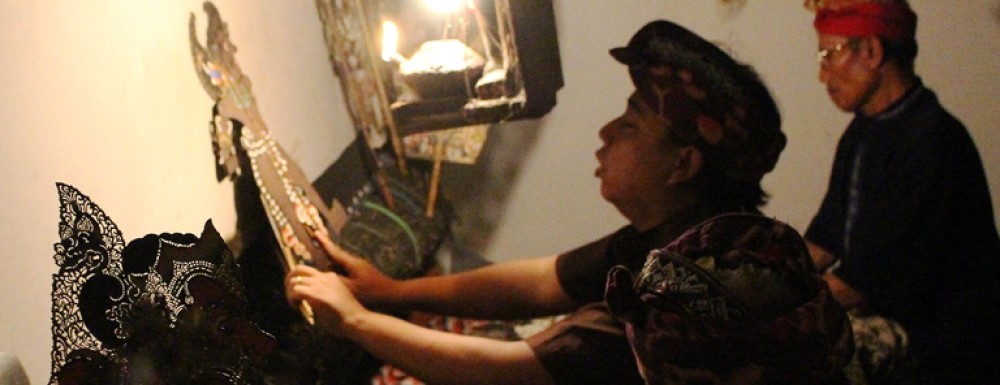TEXT BY GEOFF VIVIAN
This appeared as a catalogue essay for Paul Trinidad’s latest Bali exhibition. It also appears on his website here.
JUDGEMENT AND THE VULNERABLE MALE
“… though your sins be as scarlet, they shall be as white as snow….”
– Isaiah 1:18
Judgement and the vulnerable male are recurring themes in Paul Trinidad’s life and work.
He grew up in the Western Australian Goldfields towns of Kalgoorlie and Leonora. These communities began as temporary settlements for men who dug and scraped for gold. As deep mines replaced mine shafts dug by hand, male mine workers still vastly outnumbered women. The preponderance of single men in the Goldfields saw the state’s first Premier, John Forrest, reluctantly give women the vote rather than have his conservative government overturned by working men.
In his youth Trinidad spent several years in the wilderness, but not in harmony with nature. With his father and brother he worked a three-man gold mine at Lake Darlot. Together they pitted their minds and muscles against the hostile desert. They were pursuing a universal measure of men’s worth, extracted by toil and fire – gold.
In an earlier body of work, Trinidad explored the story of two convicted Goldfields murderers. In 1926 they committed a series of crimes beginning with gold-stealing and ending in the murder of Detectives Pitman and Walsh. After a botched cremation attempt they threw the bodies down an abandoned mine shaft.
“The gruesome remains were charred and there is no question but that the fiendish murderers had endeavoured to burn the victims of their ruthless slaughter,” says a contemporary newspaper account. “Failing in this mission the human pieces were wrapped in old bags and deposited in the shaft where they were discovered about a fortnight later.”
Trinidad was struck by similar scenes, painted this time at Klungkung’s Kertha Gosa.Â
“It was the scenes of decapitation and brutal dismemberment, violence, death that captured my imagination and enabled me to draw a parallel (with the Pitman and Walsh murders),” Trinidad says. “They mutilated the bodies, decapitated, removed head and limbs, tried to burn the bodies.”
Bali’s Hindu rulers held their Supreme Court in this small open-sided shed, its ceiling covered with small paintings. The judges were Brahmin priests. After judgement, either the plaintiff or defendant was required to take ‘the oath of truth’, binding them and their families to harsh Karmic penalties for lying. Waiting to give evidence, a possible perjurer could not help but look up and study tier upon tier of hideous scenes, like the most diabolic tortures of a Breugel or a Bosche painting, but laid out neatly and labelled like a catalogue of consequences.
During a residence at the University of Western Australia and the Ancient Rock Studio, Klungkung-born artist Pak Wayan Sujana (Suklu) encouraged Trindad to produce a series of yet-to-be exhibited etchings, each depicting a vulnerable masculine symbol seated on a chair. The prisoner in the dock.
His latest body of work continues the theme of judgement as a response to last month’s election campaign.
Bali’s Governor I Made Mangku Pastika was police chief at the time of the Bali bombing. The subsequent police operation he led saw the culprits swiftly arrested and subject to the judgement of Indonesia’s courts. In his later role as Governor he is obliged to submit himself to judgement by the people to maintain office.
Under the voting system, electors were required to place either a ‘1’ or a ‘2’ on their ballot paper, indicating support for the first or the second of two candidates. In his Ballot series of 300 small paintings, Trinidad has replaced these numerals with two skulls in profile and face-on, perhaps reminiscent of the two facial views in police mug shots.
The Indonesian flag’s red and white colours predominate. To the Western mind, white is the symbol of purity and innocence. The word ‘candidate’ comes from Roman usage, where those seeking public office had to wear a white robe or toga candida as an emblem of their suitability. The colour red continues Trindidad’s male violence theme. It symbolises for him the violent overthrow of the Dutch and the later Communist purge, measures taken to achieve and maintain the modern Indonesian state.
Geoff Vivian
Notes:
A detailed account of the former Bali supreme court and its workings at Kertha Gosa can be found in Covarrubias, M (1946) Island of Bali. New York: Alfred A Knopf pp66-69.
“Close election in Bali erupts in violence” is The Jakarta Post front page headline for 17 May 2013 “Overall, the Bali Police deployed 7,500 personnel during election day,” the article says. See http://www.thejakartapost.com/news/2013/05/17/close-election-bali-erupts-violence.html
